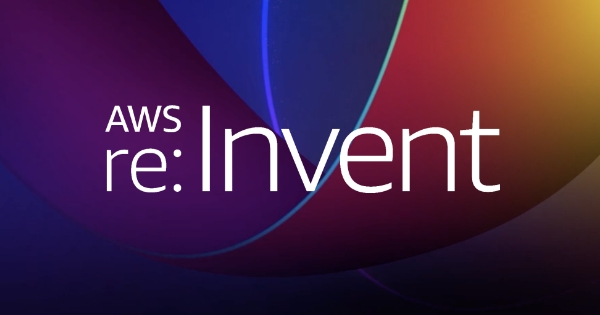Personalising your customer digital journeys with Adobe Experience Cloud
According to L2 research, users spend 40% more time on average on websites that provide personalised experiences and these companies manage to decrease up to 17% their bounce rates. Personalisation is a must to engage with your audience.
I worked as a researcher since 2005 till 1015 in the world of Technology Enhanced Learning. Yes, this field is about how to improve learning using technology. I can still remember my first project: TENCOMPETENCE. Already then, words such as “personalisation” and “adaptation” were constantly used during the project. We all shared the dream of fully personalised learning journeys for every student, every person, for the rest of their lives: lifelong learning. But I must say that the access that marketing has nowadays is hardly comparable to what we had access at that moment.
We will avoid going into semantics as we can start a whole dissertation discussing the differences between personalisation and adaptation can be understood differently. In this paper, some folks from the University of Graz define personalisation as part of adaptation, and in this blog, Thomas Robbins working with Kentico at that moment and now Chief Marketing Manager of MediaPro, defined adaptation as a type of personalisation.
Thomas Robbins explains that we have two/three types of personalisation:
- Prescriptive personalisation: Prescriptive personalization is rule based and triggered by interactions with a user.
- Explicit personalisation: Personalisation is done based on the data of the user profile.
- Implicit personalisation: We still have rules but are based on the behaviour of the user (e.g. clicks, visited resources, …)
- Adaptive personalisation: In this one, we take some distance from rule-based personalisation and we dive into automatic personalisation based on behaviour prediction.
Most of the DXP support explicit personalisation nowadays. Less DXP support implicit personalisation and even less support adaptive personalisation.
With Adobe Experience Cloud we have the right tooling to experiment and make progress on this journey as I partially explained in my last blog post: “Enabling marketing experimentation with Adobe Target”.
Adobe Experience Cloud enables you to start from a simple explicit personalisation and accompanies you in the journey towards fully adaptive personalisation.
How can a journey for your company?
- You can start with Adobe Experience Manager and ContextHub (out-of-the-box functionality).
This functionality enables to hook up your CRM or your user profile database to import your segments and personalise your content. At this level, we would be at the level of explicit personalisation. This is the level supported by most of the CMSs.
- The second natural step is Adobe Target. With Adobe target, you can perform A/B and multivariate testing. Adobe Target has a functionality that is “Auto-allocate” that determines the winner of your experiment and automatically reallocates more traffic to the most successful scenario.
You can also use audience data collected by Analytics for real-time targeting and personalization in Adobe Target.
At this level, we could say that we are doing something similar to implicit personalisation, especially, when we plug Analytics data.
- The third step is to disclose the full potential of Adobe Target and its automated personalisation features using Random Forest to predict user behaviour.
You can also read a bit further here about products recommendations and automated personalisation.
At this level, we would be clearly talking about adaptive personalisation.
Once the last step is reached, you might find the challenge of providing enough quality for all your personas. As discussed by Bridget Roman, senior product marketing manager for Adobe Experience Manager Livefyre, many companies do not have neither the budget nor the time to generate enough content quality to address all the customer segments that they have. Therefore, mastering user generated content can become a really valuable asset to engage but also to provide personalised experiences that consequently will raise the engagement. Livefyre can be a clear differentiator for your business when you use it correctly.
If you want to continue the discussion about all the possibilities of the Adobe Experience Cloud, do not hesitate to contact me!




